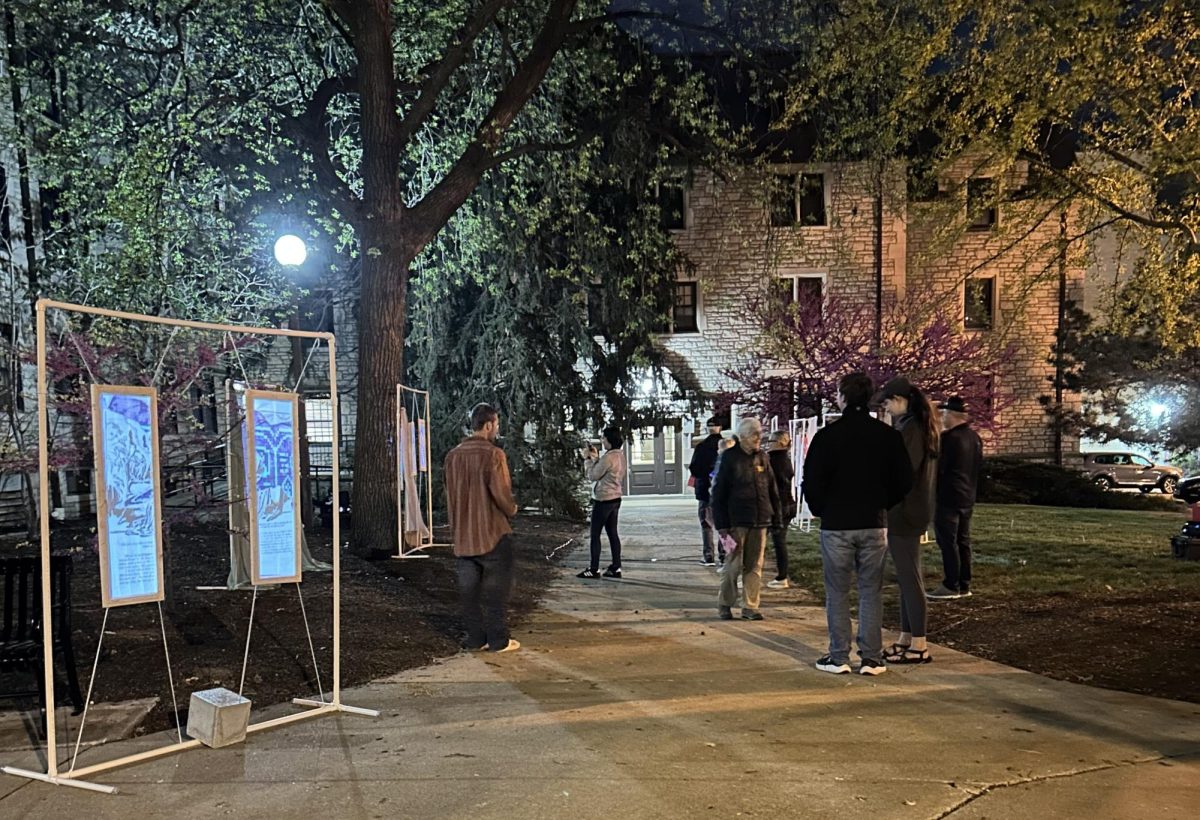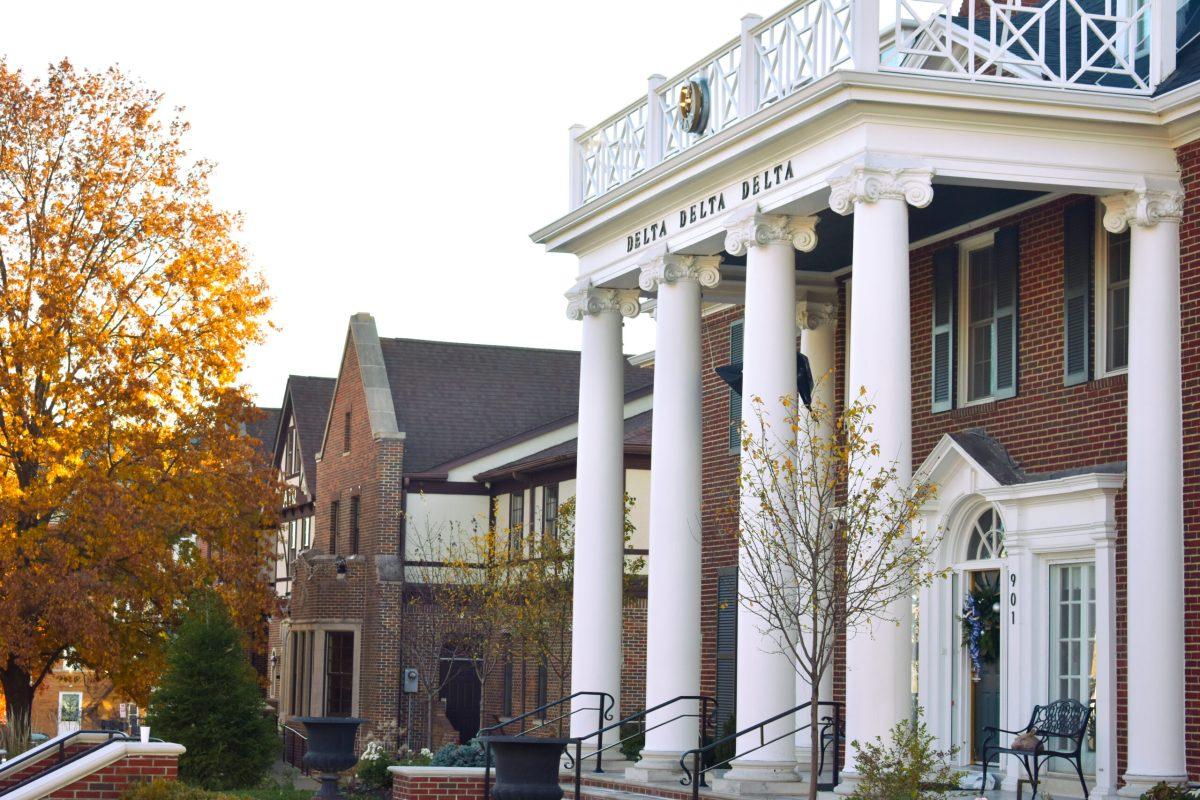Many horror films have one main problem: a lack of empathy toward their protagonists. For various reasons, viewers have difficulty investing in characters because they are unable to place themselves in the characters’ shoes.
As viewers, we should be able to experience the psychological and emotional horror through the eyes of the protagonists. This is what separates bad horror films from good ones, as well as the good from the great.
Jeremy Saulnier’s “Green Room” is a great example of this. His brutal, gory thriller hinges on audiences’ ability to invest in its characters, making it incredibly effective.
The film centers on an underground punk band as they road-trip through the Pacific Northwest. When they become more strapped for cash than they had originally planned, Pat (Anton Yelchin), Reece (Joe Cole), Sam (Alia Shawkat) and Tiger (Callum Turner) pick up one extra gig. The catch, here, is that the show is at a neo-Nazi bar.
After they finish their set, the band is quickly ushered out. When Pat goes back for a cellphone, the band finds itself caught in the middle of a murder crime scene. The bar’s management, trying to keep the crime hushed, locks the band in a room where they are told to wait. Slowly but surely, the band plus a witness named Amber (Imogen Poots) are trapped in a stand-off with neo-Nazis, led by the bar owner Darcy (Patrick Stewart). What ensues is a terror-inducing gore fest with guns, knives and dogs that is absolutely not for the faint-hearted.
In other hands, the film’s gore might play as gratuitous violence serving only as jump scares. Saulnier’s writing and directing, however, uses the violence as a means to induce a psychological terror in his characters and audiences alike. Each death is received with a sense of inevitability, with the camera lingering just long enough to instill despair. This fear of a gruesome death makes you and the characters wish someone would shoot them to spare them an unbearable pain.
Beyond the gore, Saulnier’s film works largely because of how it develops and handles its team of protagonists. The first 15 minutes are almost exclusively dedicated to introducing the band’s camaraderie in the natural, casual environment of their road trip. At first, the characters are almost indistinguishable. But as the film unfolds, each band member, as well as Amber, takes on a unique personality.
Rather than clearly defining an individual protagonist amongst the band, Saulnier chooses to represent them as a team of equal protagonists. This elevates the psychological terror, by implying that each character is in an equally perilous predicament.
Also of note, “Green Room” is a smart movie that trusts audiences to pick up on its details. Rather than directly telling you why the neo-Nazis are acting the way they do, Saulnier expects his viewers to wait for the answers to come, because they do come.
Although “Green Room” is a compelling thriller, it obviously is not without flaws. Many of the neo-Nazis border on being cartoonish, evil villains. The dialogue is, at times, filled with lines and monologues that feel unnatural or unnecessary.
Yet these flaws don’t hinder or impede the impact of the movie. In fact, I found it easy to dismiss them as viewers are caught in the suspense and perpetual terror of the film.
Some horror films use violence to induce jump scares. “Green Room” does so to elevate the psychological fear of its characters and audiences alike. Throwing viewers into the middle of a brutal, gruesome experience makes “Green Room” one of the most gripping movies of the year.
**MOVE gives “Green Room” 3.5 out of 5 stars.**
_Edited by Katie Rosso | krosso@themaneater.com_






